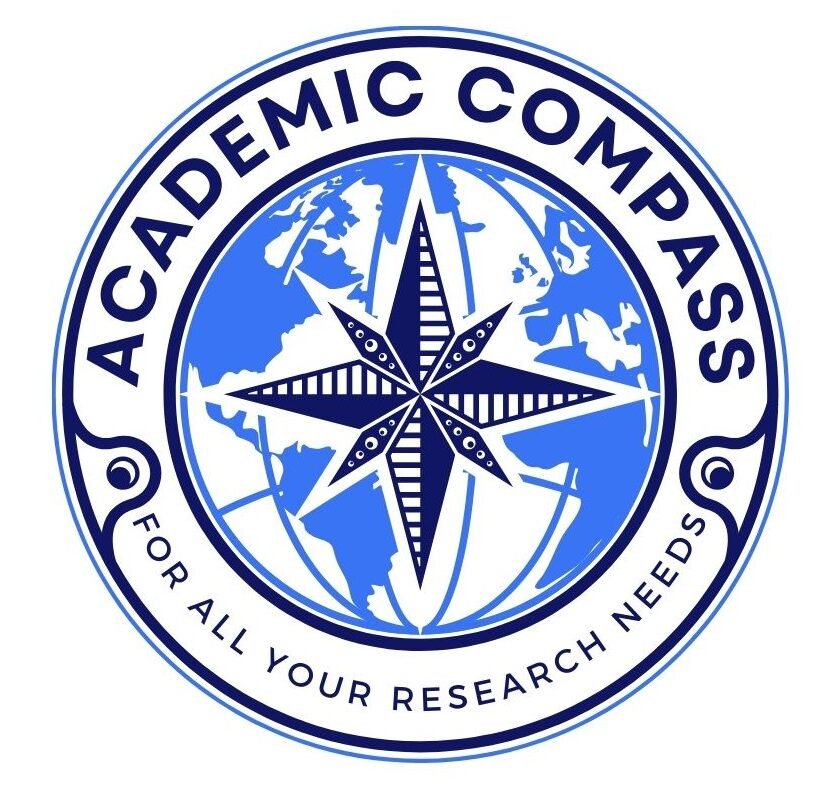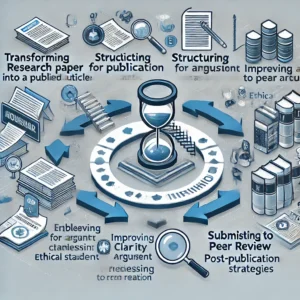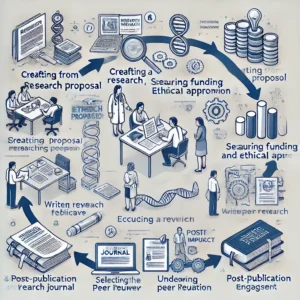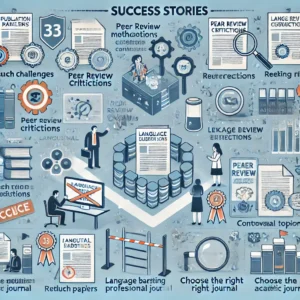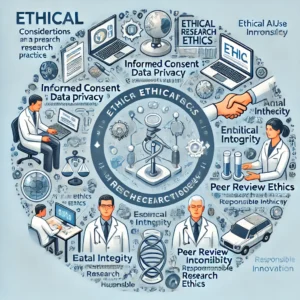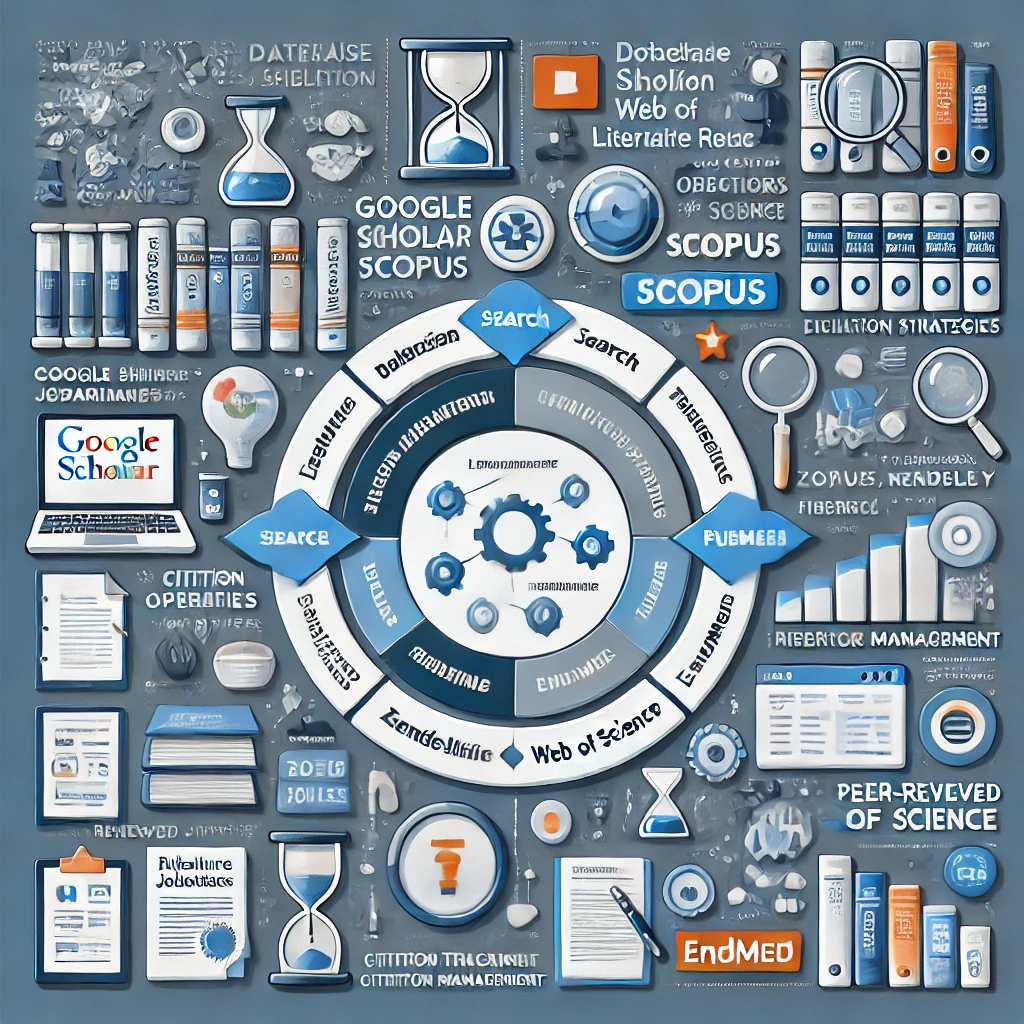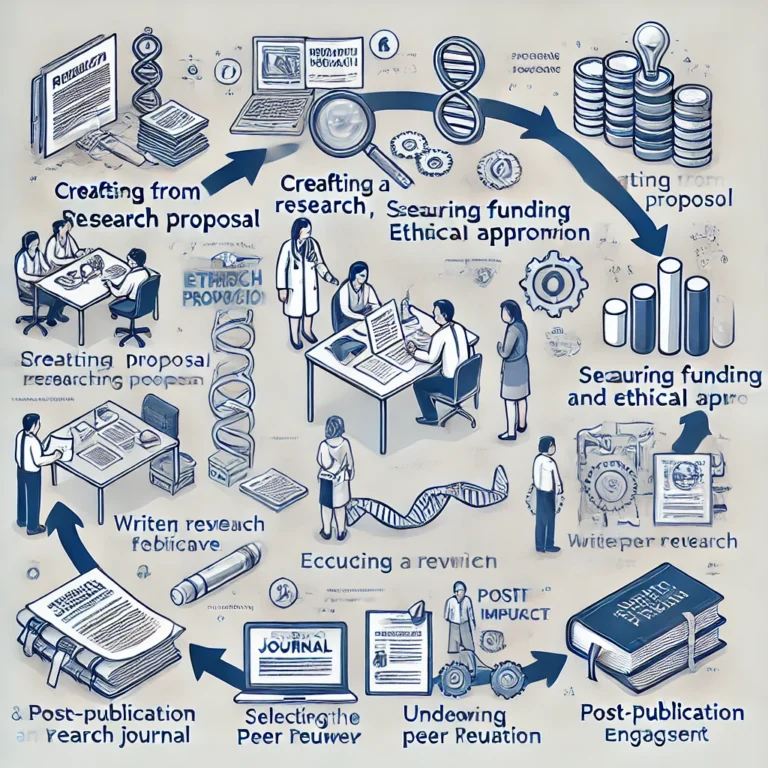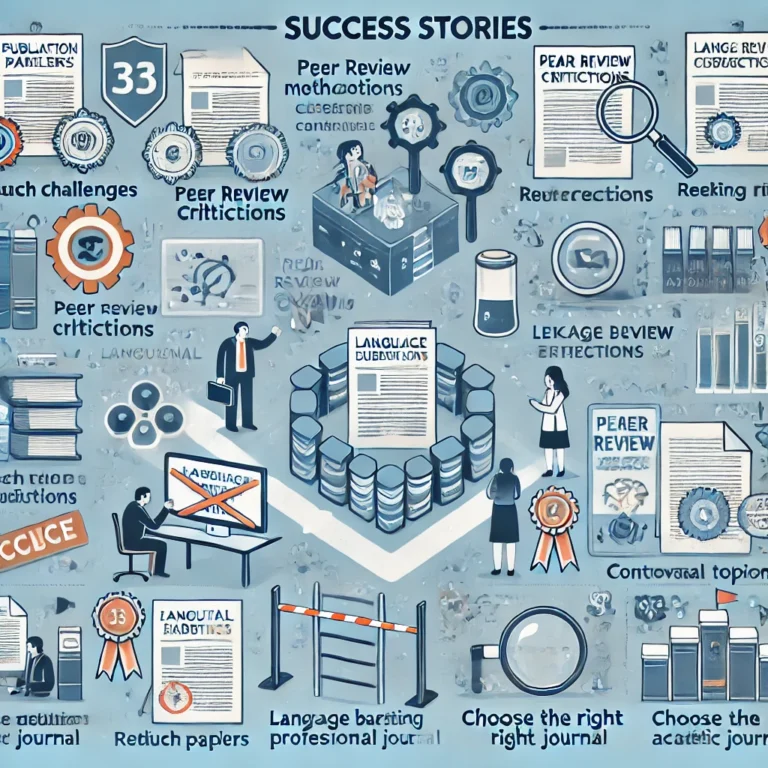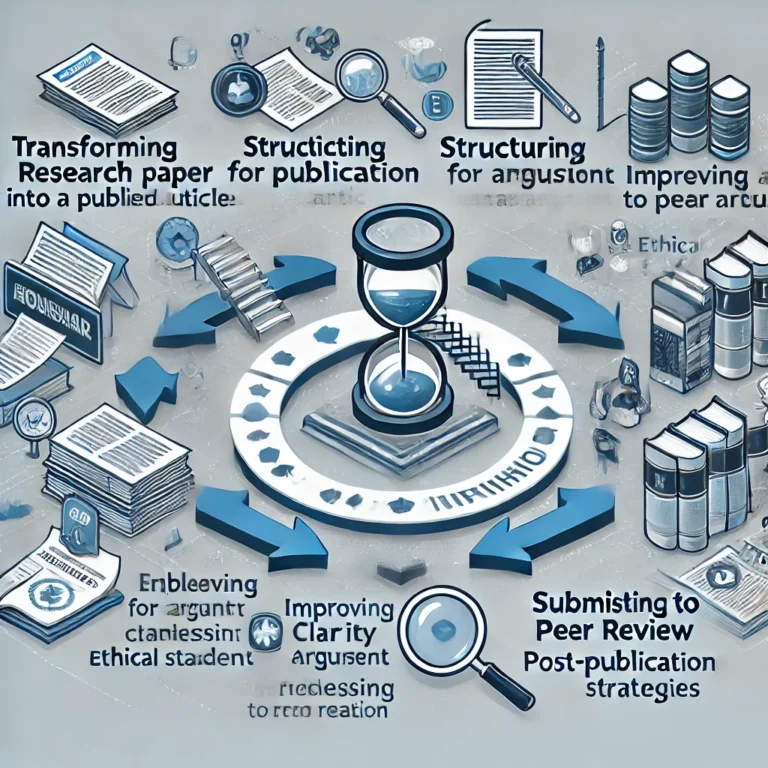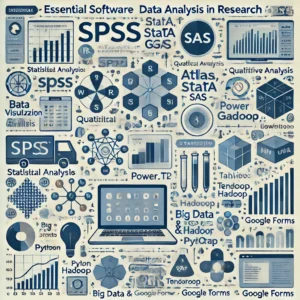Conducting a thorough literature review is essential for academic research, as it provides context, identifies research gaps, and establishes a foundation for new studies. Online databases play a crucial role in this process by offering access to peer-reviewed articles, conference papers, books, and other scholarly resources. Here’s how you can effectively leverage these databases for a comprehensive literature review.
1. Choosing the Right Databases
Different databases cater to different fields of study. Selecting the right ones ensures access to high-quality and relevant sources.
Multidisciplinary Databases
- Google Scholar – A freely accessible academic search engine covering diverse disciplines.
- Scopus – A vast database offering citation analysis and indexing for research articles.
- Web of Science – A highly curated database tracking citation networks and high-impact research.
- JSTOR – A digital library focusing on humanities, social sciences, and historical archives.
Subject-Specific Databases
- PubMed (Life Sciences & Medicine) – Specializes in biomedical literature and clinical research.
- IEEE Xplore (Engineering & Computer Science) – A go-to database for technology and innovation.
- ACM Digital Library (Computer Science) – Focuses on computing and information technology research.
- PsycINFO (Psychology & Behavioral Sciences) – Covers mental health, behavioral sciences, and therapy.
- EconLit (Economics) – Provides access to economic theory, policy, and market studies.
🔹 Pro Tip: Many universities provide free access to premium databases through institutional logins.
2. Search Strategies for Efficient Literature Reviews
A well-structured search strategy helps in retrieving relevant articles quickly.
A. Using Boolean Operators
- AND – Narrows results by including all specified terms (e.g., “climate change AND renewable energy”).
- OR – Expands results by including either of the terms (e.g., “machine learning OR deep learning”).
- NOT – Excludes certain terms to refine search (e.g., “artificial intelligence NOT robotics”).
B. Applying Advanced Search Filters
- Date Range – Filter articles published within a specific time period.
- Peer-Reviewed Only – Ensure quality by selecting scholarly-reviewed papers.
- Document Type – Select journal articles, conference papers, books, or patents based on need.
- Author Affiliation – Focus on leading experts or institutions in the field.
C. Utilizing Citation Tracking
- Backward Citation Search – Reviewing references cited in key papers to trace foundational research.
- Forward Citation Search – Checking newer papers that cite a specific article to track recent advancements.
3. Organizing and Managing References
A systematic approach to reference management ensures efficiency in compiling and citing sources.
Using Reference Management Tools
- Zotero – Free, open-source reference manager with cloud syncing.
- Mendeley – Great for organizing PDFs and collaboration.
- EndNote – Advanced citation management tool for professional researchers.
- Paperpile – Ideal for Google Docs users with a cloud-based workflow.
Creating a Literature Matrix
A literature matrix helps compare and contrast studies based on key themes. Structure it by:
| Author & Year | Title | Research Method | Key Findings | Gaps Identified |
|---|---|---|---|---|
| Smith (2021) | AI in Healthcare | Systematic Review | AI improves diagnostics | Limited patient trials |
| Lee (2022) | Neural Networks | Experimental | High accuracy in detection | Need for real-time testing |
4. Evaluating Source Credibility
Ensuring the quality of sources enhances the reliability of a literature review.
Criteria for Evaluating Sources
- Peer-Reviewed – Check if the journal follows a rigorous review process.
- Author Expertise – Verify the author’s credentials and institutional affiliations.
- Publication Venue – Prefer high-impact, indexed journals over predatory publishers.
- Citations & Impact Factor – Highly cited papers indicate research influence.
🔹 Avoid Predatory Journals: Use Beall’s List or DOAJ (Directory of Open Access Journals) to verify reputable sources.
5. Staying Updated with Literature Alerts
Setting up alerts helps researchers track new publications in their field.
Ways to Stay Updated:
- Google Scholar Alerts – Receive notifications for new papers matching search queries.
- Journal TOC Alerts – Subscribe to Table of Contents updates from leading journals.
- Database Alerts (Scopus/Web of Science) – Get automated updates on citation trends and new studies.
Conclusion
Leveraging online databases effectively enhances the depth and quality of a literature review. By selecting the right databases, applying strategic search techniques, managing references systematically, and ensuring source credibility, researchers can build a strong foundation for their work.
Would you like a step-by-step guide on conducting a systematic literature review or a visual workflow for database search strategies? 😊
